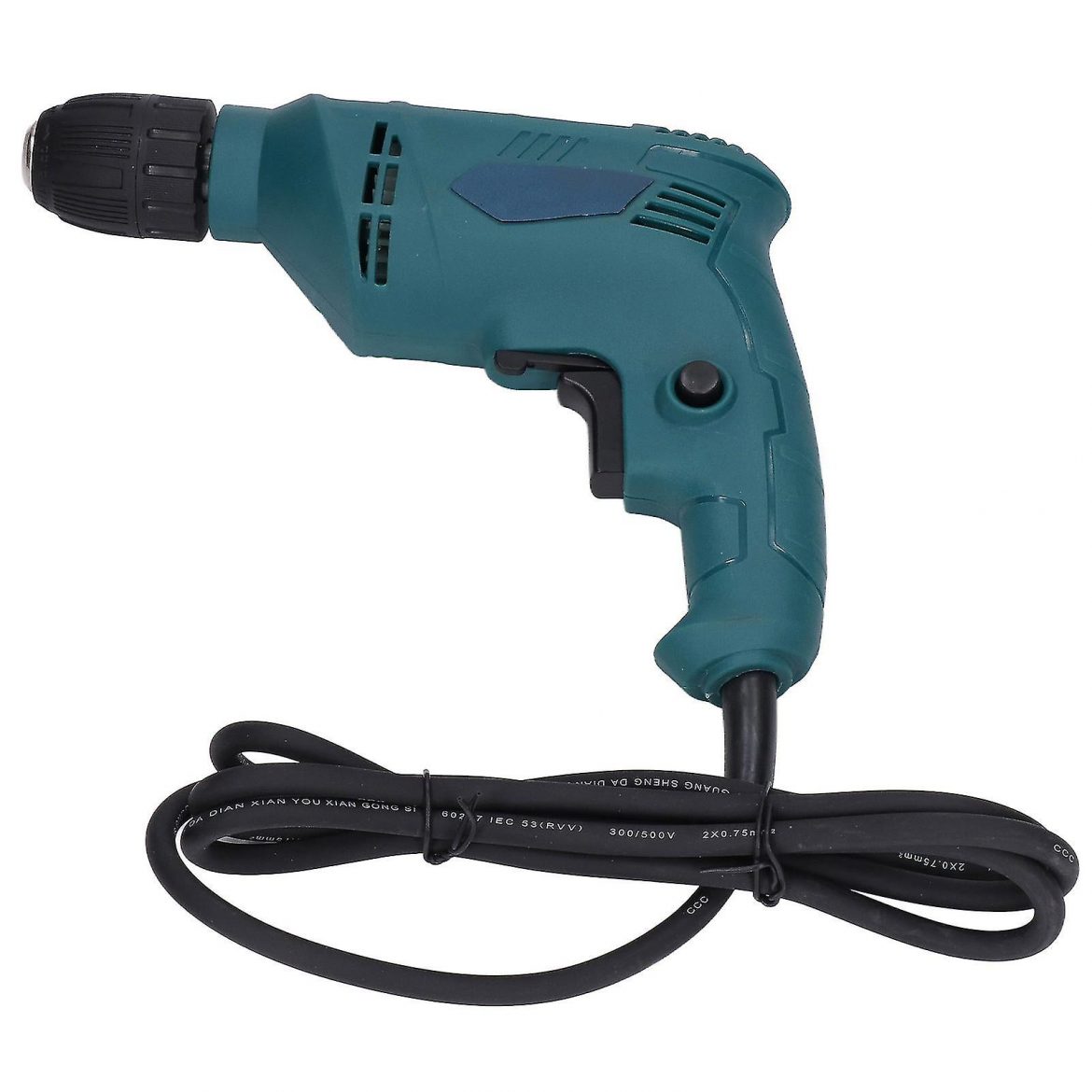Hand power tools have revolutionized various industries, providing efficiency, precision, and convenience. However, like any technology, they come with their own set of advantages and disadvantages. In this blog post, we will delve into the multifaceted aspects of hand power tools, exploring their benefits and drawbacks in different contexts.
- Advantages of Hand Power Tools:
1.1 Increased Efficiency:
Hand power tools enable workers to complete tasks more quickly and efficiently compared to manual tools. With their motorized mechanisms, these tools can perform repetitive actions with minimal effort, reducing fatigue and increasing productivity.
1.2 Precision and Accuracy:
Hand power tools offer precise control, allowing users to achieve accurate results. Whether it's cutting, drilling, or shaping, these tools provide the necessary finesse for intricate tasks, ensuring high-quality craftsmanship.
1.3 Versatility:
Hand power tools come in a wide range of types and sizes, catering to various applications across industries. From woodworking to metalworking, construction to automotive repairs, these tools offer versatility, making them indispensable for professionals in different fields.
1.4 Portability:
Unlike larger machinery, hand power tools are often compact and portable. This portability allows workers to carry them to different job sites, enabling flexibility and convenience. Additionally, they are ideal for tasks in confined spaces where larger equipment may not be feasible.
- Disadvantages of Hand Power Tools:
2.1 Safety Concerns:
While hand power tools offer numerous benefits, they also pose potential safety risks. The high-speed rotating parts, sharp blades, and powerful motors require users to exercise caution and follow proper safety protocols. Failure to do so can result in accidents, injuries, or even fatalities.
2.2 Noise and Vibration:
Many hand power tools generate significant noise and vibration during operation. Prolonged exposure to these factors can lead to hearing loss, hand-arm vibration syndrome, and other health issues. Adequate personal protective equipment and regular breaks are essential to mitigate these risks.
2.3 Cost:
Hand power tools, especially those of high quality, can be expensive investments. For individuals or small businesses with limited budgets, acquiring a comprehensive set of tools may pose a financial challenge. Additionally, the maintenance and repair costs should also be considered when evaluating the overall cost-effectiveness.
2.4 Skill and Training:
Using hand power tools effectively requires proper training and skill development. Inadequate knowledge or improper handling can lead to subpar results, damaged materials, or accidents. Investing in training programs and ensuring competent operators is crucial to maximize the benefits of these tools.
Conclusion:
Hand power tools have revolutionized industries by providing efficiency, precision, and versatility. However, it is essential to weigh their advantages against the potential disadvantages. By prioritizing safety, investing in training, and considering the specific needs of each task, professionals can harness the full potential of hand power tools while minimizing risks. Understanding the multifaceted nature of these tools empowers individuals and businesses to make informed decisions and achieve optimal results in their respective fields.


